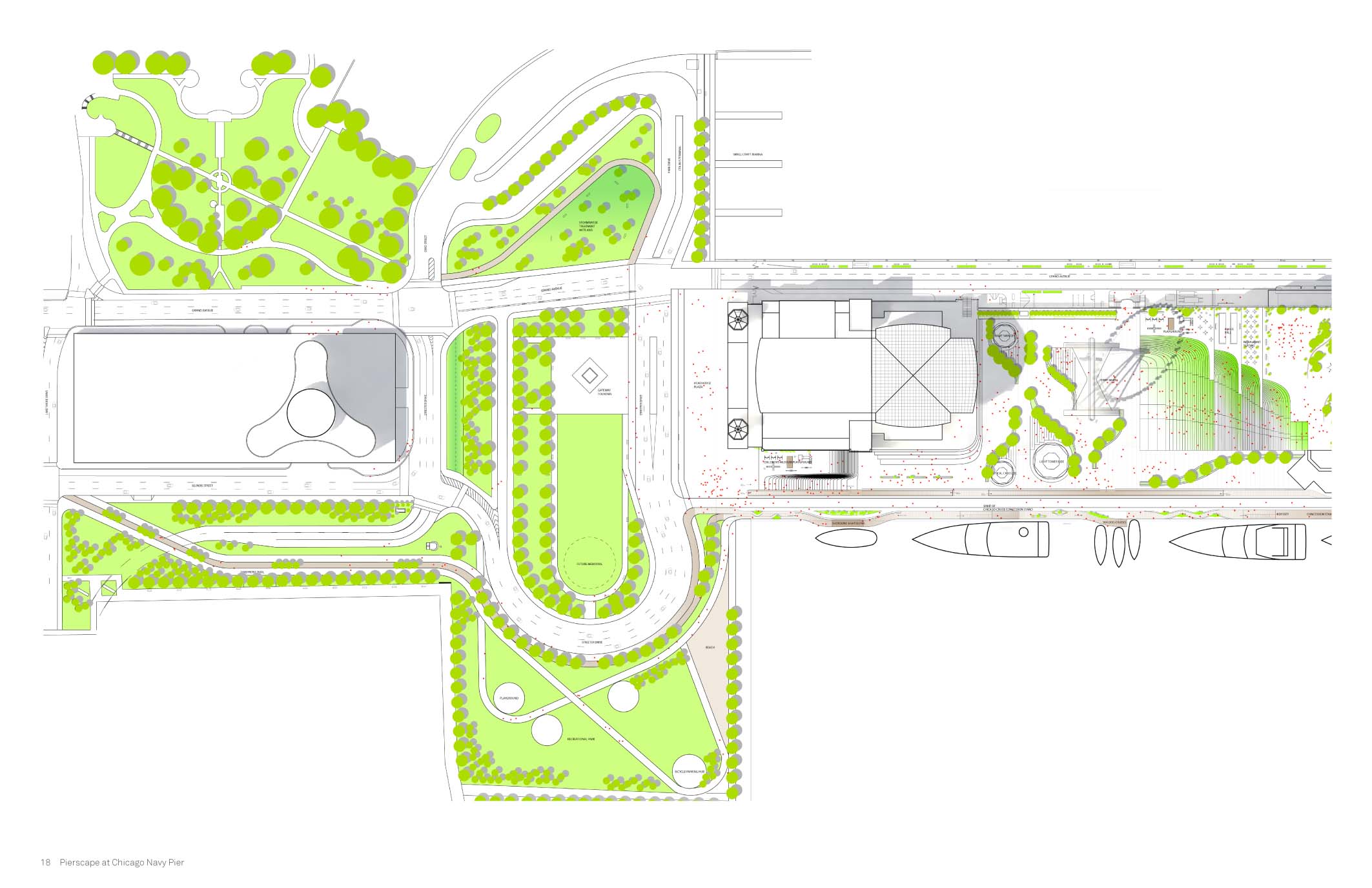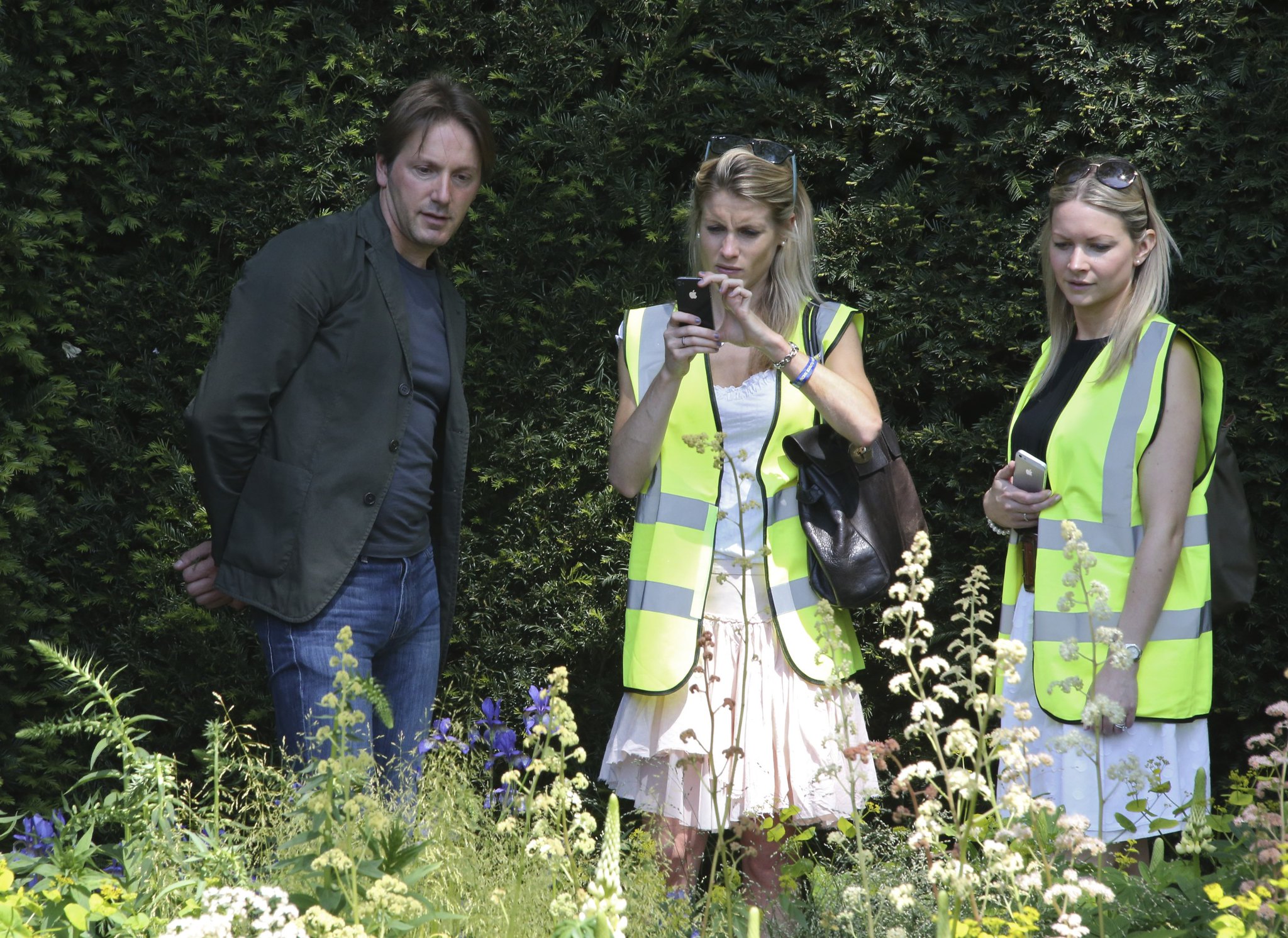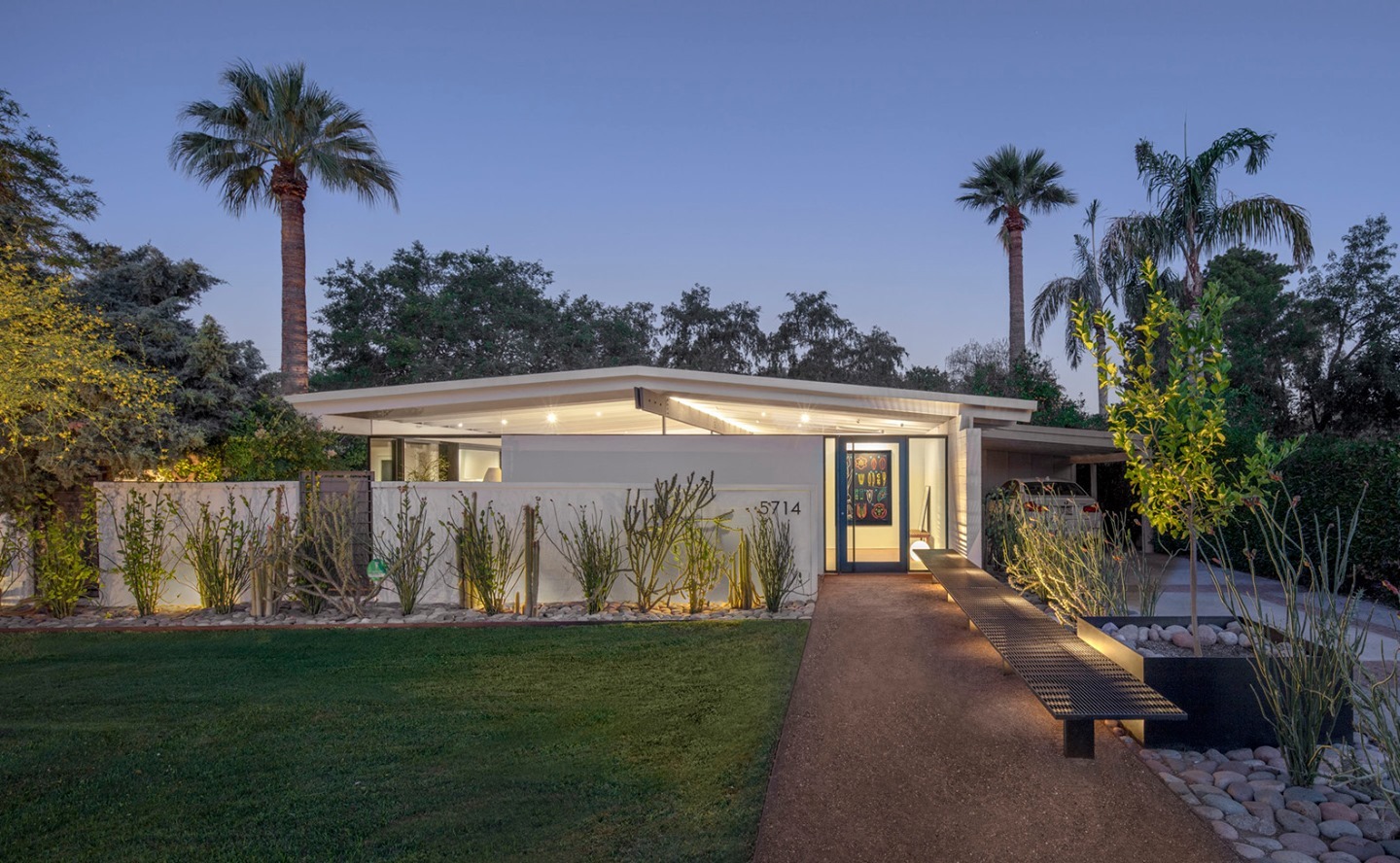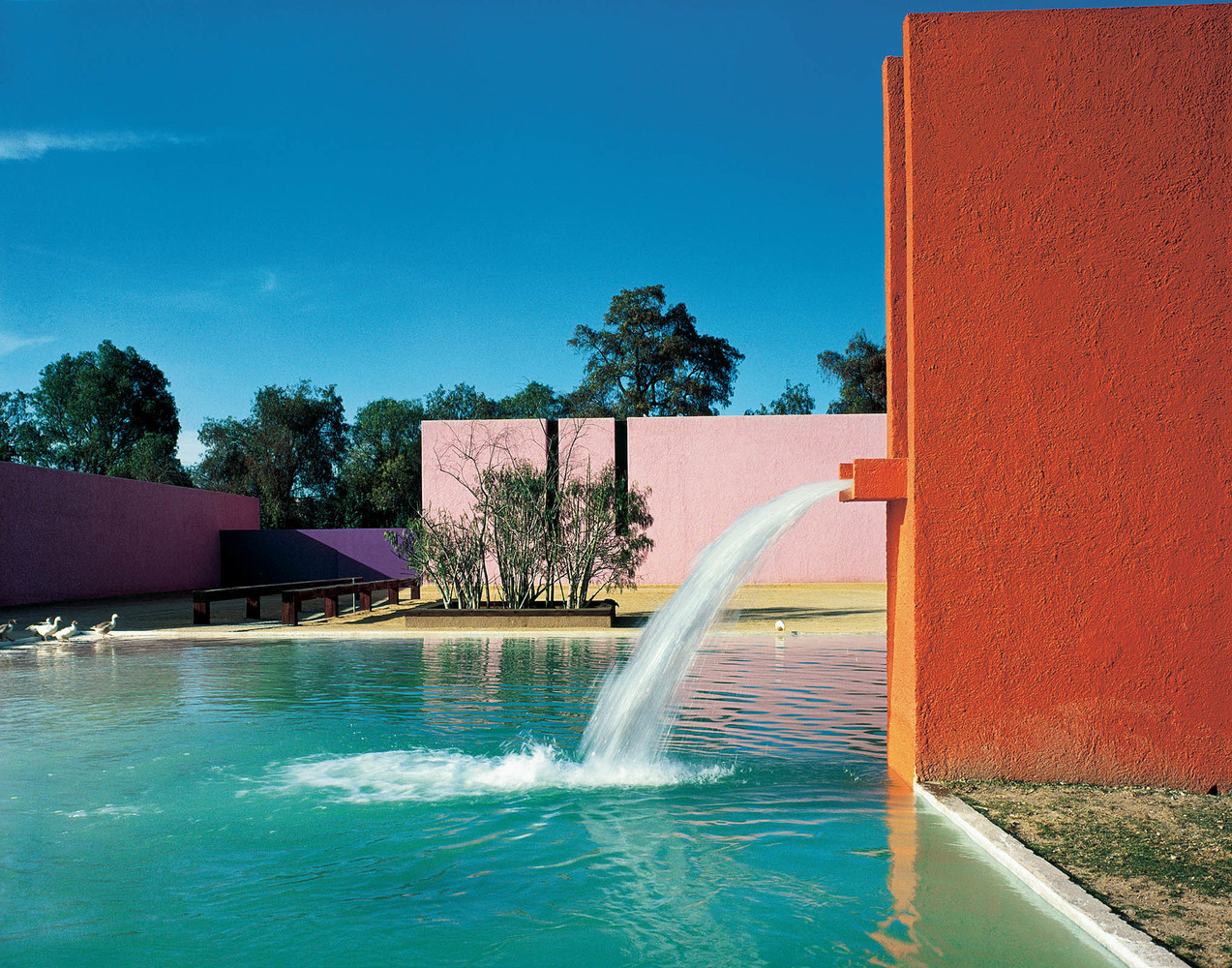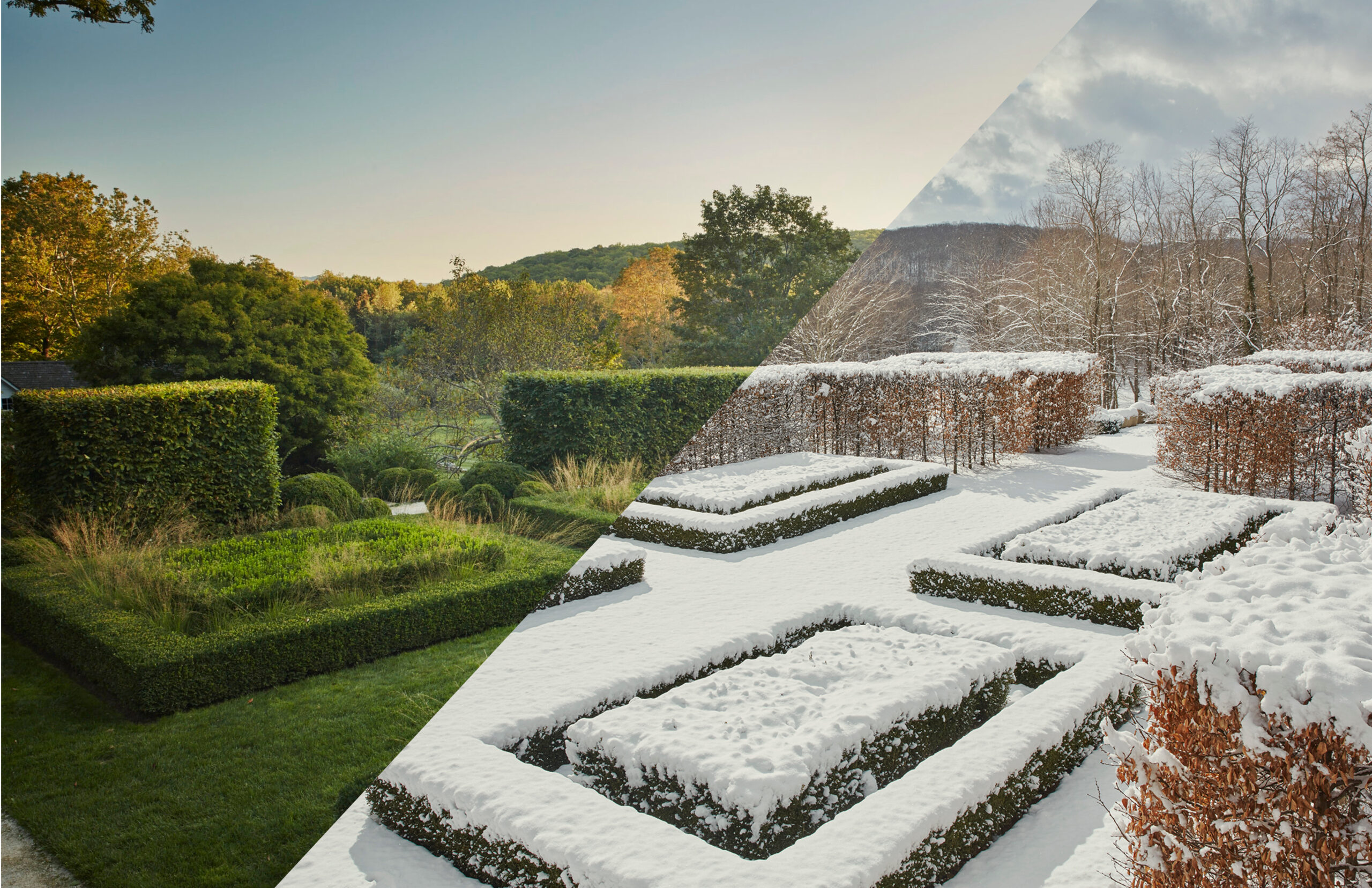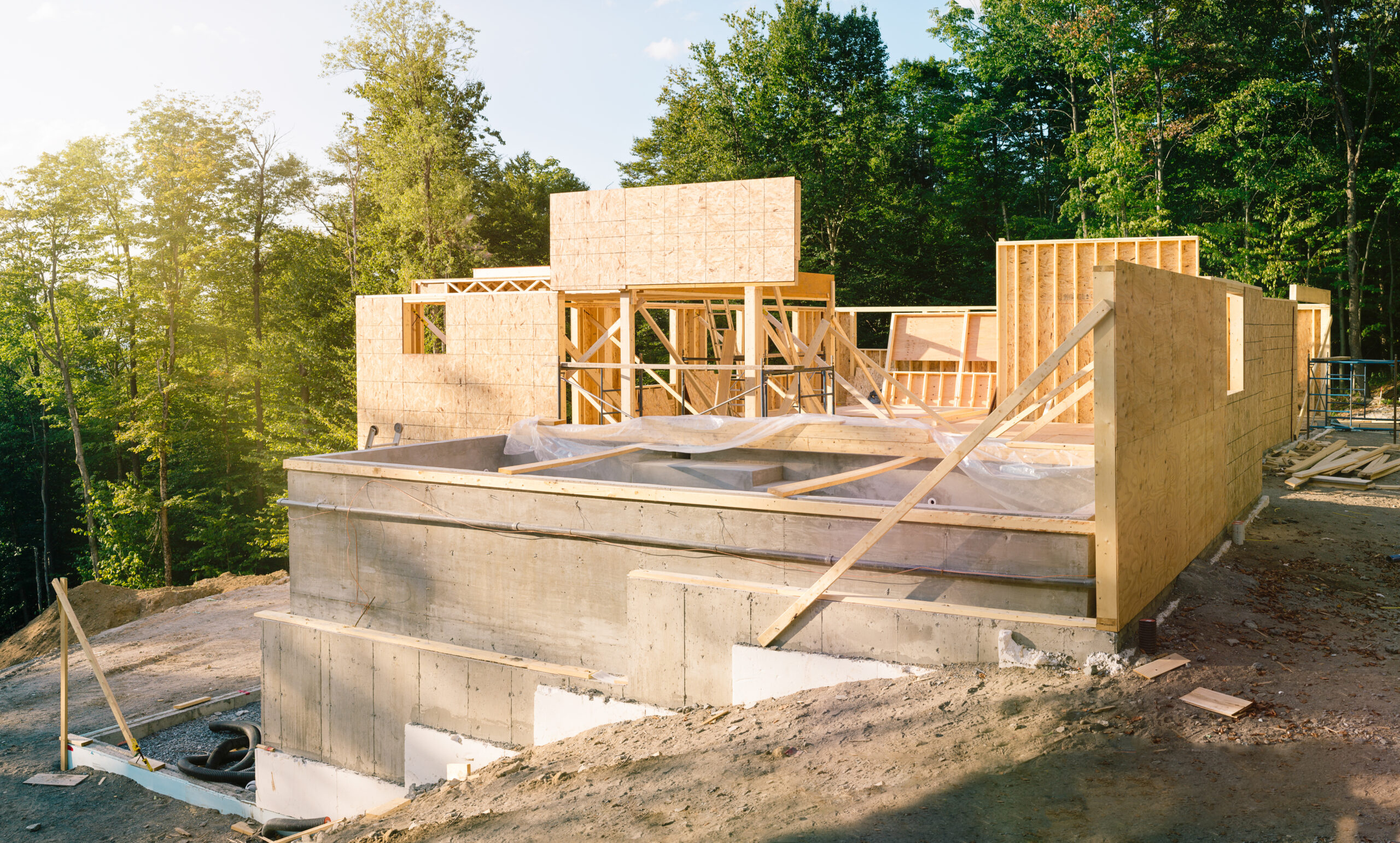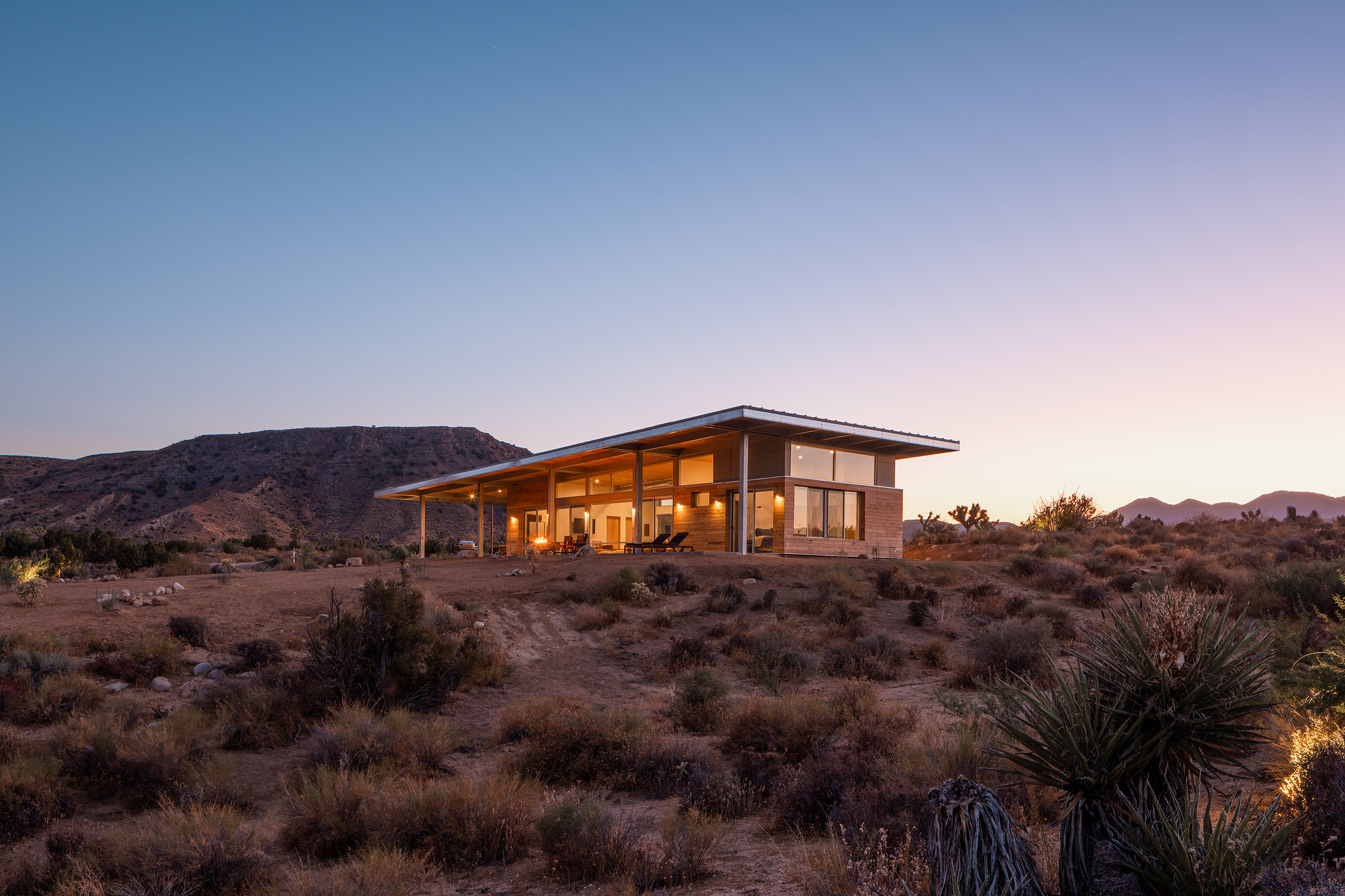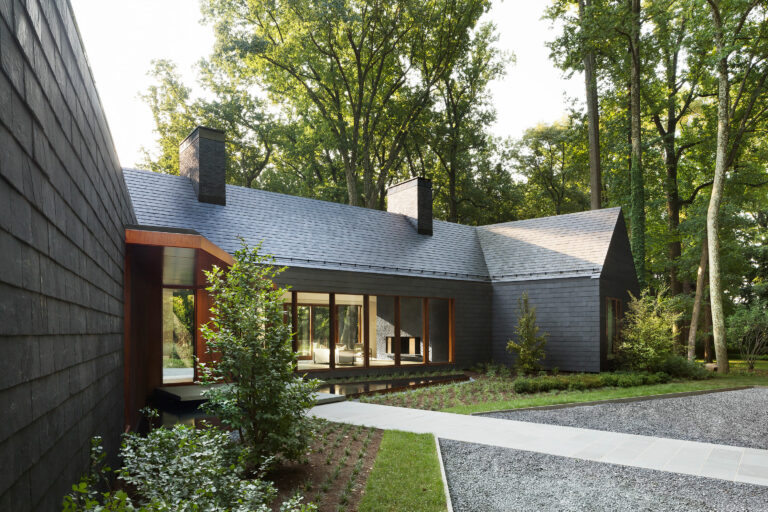There are a few key differences between landscape architects and landscape designers, some of which include education requirements, training, licensing procedures and the types of projects each professional works on. While both types of design professionals have a similar skill set, their distinctions allow each professional to cover different projects.
Although many people mistakenly consider both jobs as the same, there are a few major differences between them. A landscape architect is generally licensed to work on large commercial projects, while a landscape designer works mostly on residential projects. A landscape architect will have a higher level of technical knowledge and experience in plant and structural design, while a designer will focus on aesthetics and plant selection. A landscape designer may be qualified for the same position, but they do not have a license.
Work hours also vary greatly between a landscape designer and a landscape architect. An independent landscape designer may work on a freelance basis or be employed by a larger company. Their hours of work will depend on the nature of the project and the circumstances surrounding their employment. In some cases, landscape designers may work during off-season hours, while others might work seven days a week. But in most cases, they are not in a position to set their own hours unless they own their own company. Landscape architects who predominantly work for large architectural firms, or venture out to start their own, will usually work more hours unless employing other designers to help them.
What sectors do landscape architects work in vs. landscape designers?
If you’re interested in a career in the architecture, engineering, and construction (AEC) field, you may be wondering what sectors do landscape architects and landscape designers work in. While each discipline has overlap within the AEC field, there are a few sectors that more landscape architects work in, rather than landscape designers. But, in general, if you’re looking for a field that combines art, science, technology, gardening and design – the landscape industry is for you.
Landscape Architects
As a landscape architect, the options to choose which sector you perform work in are greater and more abundant. There are many different sectors in which landscape architects work in, from public parks to commercial buildings, to urban spaces to residential homeowners.
As a landscape architect, you’ll also need to understand site planning, which refers to strategies that make efficient use of land. Site planners consider topography, property lines, and existing buildings and utilities. They then document existing conditions and propose changes for the site. As you can see, this career is very diverse. You might find that one of your interests lies in a niche area, and you can use your degree to get the job done anywhere you’d like.
A career in landscape architecture requires a degree in landscape architecture. To become a landscape architect, you must complete a higher education course approved by the Landscape Institute. Undergraduate courses last three to four years, with work experience placements in the industry. During the second year, you will gain experience as a landscape architect. Typically, a landscape architect must have a bachelor’s degree in a related field and can further their education if they choose.
Aside from having a degree in landscape architecture, you’ll also need to have excellent communication skills and analytical abilities. Landscape architects must be able to convey their ideas to clients and construction workers. If you’re not a native English speaker designing in America, you may want to take up a class to help you develop your vocabulary and improve your communication skills. Taking math and art classes can also help you get a head start on the career.
Landscape Designers
If you’re wondering what sectors landscape designers work in, compared to landscape architects, this article discusses the roles landscape designers play in several sectors. While there is overlap between the different titles, generally speaking long-term landscape designers work in the residential field – but to be a landscape architect, you first need to be a landscape designer.
Although many landscape designers are self-taught, there are many who have studied horticulture, soil science, or botany. Both of these fields require artistic flair and knowledge of plants. They also use computer-aided design (CAD) software, which can produce better results and more accurate plans and sections.
Landscape designers often work on smaller scale projects, such as residential landscapes, and lack experience in site engineering, grading, water management, and local regulations. However, within the residential sector, oftentimes landscape designers work within design and build companies allowing them to have more knowledge in construction than landscape architects.
Being a landscape designer in a construction environment has many benefits. You receive first hand experience about project management, costs and installation timelines. This knowledge is very beneficial to relay to clients to manage clients expectations and deliver to-budget designs to get projects built.
Online Courses for Landscape Professionals
What are the educational requirements for landscape architects vs. landscape designers?
Between landscape architects and landscape designers, education is by far one of the major differences between the two professional titles. While the field makes it very easy for freelancers and individuals to enter the field and pick up work experience naturally, landscape architects often attend 4-year collegiate schools and sometimes attend graduate school.
On the other hand, landscape designers tend to pick up work experience directly from the field. Either entering as a construction worker and slowly becoming a landscape designer, or attending a two-year school to receive an associates in a similar field like Horticulture or specifically in landscape design.
If you can’t afford to attend a top college, you can find online courses and take an education path that best suits you. The Landscape Library offers a 4-week online course that teaches you AutoCAD for Landscape Design. During this course, Jordan Felber, founder of The Landscape Library and course instructor teaches the core principles of landscape architecture while learning one of the most comprehensive softwares, AutoCAD.
Landscape Architects
There are many paths for a career as a landscape architect, and the educational requirements vary widely. However, this career path often requires a Bachelor of Science degree in Landscape Architecture. The best places to study are Purdue University, Texas A&M University, University of Wisconsin, Madison or Ohio State University, all of which have relatively low tuition rates. Other, more expensive options include the University of Berkeley California, University of Pennsylvania, Cornell University and Harvard University.
The educational requirements for becoming a landscape architect vary by state, to learn more about each state’s statutes and regulations to become a licensed landscape architect – visit American Society of Landscape Architects (ASLA).
Bachelor’s degree holders may be required to gain two to four years of work experience before they can sit for the licensing exam. Masters degree holders may need more work experience than bachelor’s degree holders, but both degrees will provide a clearer path to a senior position in a larger firm. A Master’s degree in landscape architecture will provide a greater opportunity for upward mobility.
Landscape Designers
The minimum education requirements for landscape designers vary from employer to employer, but in general they are an associate’s degree in a plant-related field. The courses you take can vary as well, so make sure to review the course catalog of the school you are considering. You should consider taking horticulture, design and technology, math, and physics classes, as well as courses in algebra and geometry.
Associate’s degrees in landscape design focus on principles of landscape design and apply them to real-life situations. Typically, students complete coursework in environmental design, math for landscape design, and plant health care. Students also learn about the design strategy of different landscape environments, including gardens and parks. During the course of study, students also take general education courses, such as math for environmental design and computer drafting. There are also specialized programs in garden center management, golf course design, and organic plant care. Ultimately, after earning an associate’s degree in landscape design, you’re able to pursue a full-time position in the field immediately after.
Regardless of professional title, internships are necessary for many landscape design and landscape architect jobs, and most degree programs include internships with a licensed landscape architect. During your internship, you should take on a variety of design projects, such as residential gardens, to gain experience and impress potential employers. Internships can be voluntary, or paid, and they can be included in your school portfolio. These internships not only provide valuable experience, but they can also help you gain confidence in your abilities as a landscape designer.
Read the Top Landscape Books
What certifications are there for landscape architects vs. landscape designers?
When considering a career in landscape architecture or landscape design, one should know what certifications and organizations there are to benefit from in the field. Many of these certifications help you position yourself as a professional in the field and give credibility to you as the designer to win more projects.
Landscape Architects
A major certification and organization when it comes to landscape architecture is the American Society of Landscape Architects (ASLA). This association offers certifications for landscape architects and provides tools and resources to get on the right path to becoming licensed. Other organizations are also available. Regardless of where an individual is located, he or she should know that licensing and registration is a legal requirement in every state. There are many organizations, including ASLA and the American Society of Landscape Architects, that support the profession.
ASLA is the primary professional association for landscape architects in the United States. Its members work in all 50 states and grant certificates to landscape architects. Membership in ASLA includes scholarships and access to conferences and publications. Members also receive discounts on online courses. If you’re interested in the profession, consider the ASLA’s educational benefits.
Before starting a career as a landscape architect, you should have an understanding if you need a Bachelor’s degree in a related field. Whether you’re interested in traditional college experience or a more technical degree, a Bachelor’s degree in a related field could show your potential employers that you’re an academically advanced professional. While a Bachelor’s is not required to become a Landscape Designer, it is still required by law to obtain a Bachelor’s degree to pursue being a Landscape Architect, and obtaining one would be wise if you’re serious about this career.
The Council of Landscape Architectural Registration Boards (CLARB) administers the Landscape Architecture Registration Examination (LARE) to certify landscape architects. The LARE is a standardized examination that is administered by the Council of Landscape Architectural Registration Boards. Landscape architects must pass a comprehensive exam to become licensed to practice in the U.S. However, a landscape architect can earn his or her license by working for at least two years under the supervision of a licensed landscape architect before he or she is allowed to practice independently.
Landscape Designers
Whether you are planning to build a backyard, landscape the front lawn of your house, or landscape a park, you will likely want to know what certifications or organizations there are for landscape designers. The most known organization with certifications for landscape designers is Association of Professional Landscape Designers (APLD)
APLD is a national association for landscape designers that offers a professional credential and promotes higher standards for the profession. Certified landscape designers are knowledgeable and experienced, and qualify for a wide variety of projects. Certification also differentiates you in your marketing to clients. Additionally, it may help you qualify for work in more stringent jurisdictions. Furthermore, the certification also provides a stronger voice in advocacy efforts for the industry as a whole.
Certification requirements differ by state, but you can find out what they are in your state by searching the APLD website. The process is relatively simple, but to be eligible to apply for certification, one must have an Associates degree or have worked 450 hours within the field or similar field.
Once approved and certified, the association does require professional landscape designers to obtain continuing education units (CEU’s) to maintain their certification. One way to obtain CEU’s while learning software, is The Landscape Library’s AutoCAD for Landscape Design Course – which is approved by APLD to receive 5 CEU’s once completed with the 4 week course. Click here to learn more about AutoCAD for Landscape Design
Before becoming a landscape architect or landscape designer, you should know all the requirements needed so you can obtain certification and licensure with ease. Depending on the nature of the work you are looking to do, you might need to go to college or complete a horticulture or design degree. Then, work your way up from there to gain experience. Ultimately, it will be worth it in the long run. You may even get a job without any formal education.
What is the licensing process for landscape architects?
To become a licensed landscape architect, one must first have a bachelor’s degree or master’s degree in landscape architecture. This education helps you learn about site development, environmental issues, and other essential aspects of design and local ordinances.
Once all requirements are met, the next step to becoming a licensed landscape architect is to complete a rigorous examination called the Landscape Architecture Registration Exam (L.A.R.E) administered by the Council of Landscape Architectural Review Board (CLARB). During this exam, you will be tested in 4 different sections:
Section 1: Inventory, Analysis, and Project Management
Section 2: Planning and Design
Section 3: Construction Documentation and Administration
Section 4: Grading, Drainage, and Stormwater Management
Click this link to see if you are eligible to take the exam.
Licensed landscape architects perform all kinds of professional services, including research, consultation, and design. They conduct investigation, plan, and manage the construction process. They are responsible for contract administration and planning. The purpose of their services is to preserve or enhance the environment while improving its features. They also plan trails, determine ground cover, and take into account any environmental concerns.
Landscape designers, on the other hand, may not have the same formal education and training as landscape architects, but they are able to produce construction-ready plans. They typically focus on the basics of garden design, maintenance, and also have the ability to supervise the installation of the design.
How much do landscape architects make vs. landscape designers?
As a landscape architect, you can choose to work with a variety of clients, from homeowners to businesses to government agencies and investors. Landscape architects typically work from an office, although they may also spend time on project sites. They may work for landscape design firms or as independent contractors. Most landscape architects work for companies, although approximately 20% are self-employed. The median salary of a landscape architect in 2020 was $70,630 (or $33.96 per hour) with the top 10 percent earning more than $108K per year. However, there are many avenues landscape architects can take, such as becoming a project manager to oversee large-scale projects. As a result, their salaries may be higher than those of their colleagues.
Landscape architects typically charge an hourly rate for their work, and their rates are often related to experience and deliverables. Entry-level designers charge lower rates while principal and senior landscape designers charge higher rates. Landscape design/build firms usually fall outside of typical pricing due to their unique set of skills, but have typically been between $25 and $150 an hour depending on their experience and deliverables.
Employment is expected to increase modestly over the next decade especially as the industry has seen an uptick in the residential sector due to COVID and the rise of working from home.


